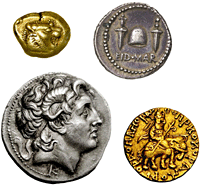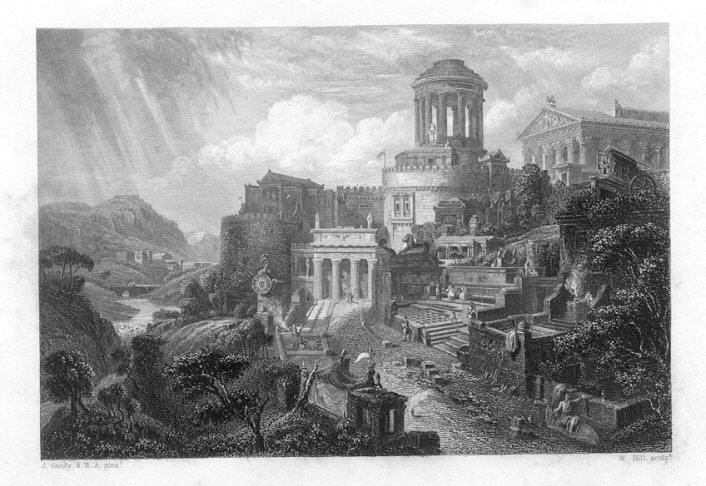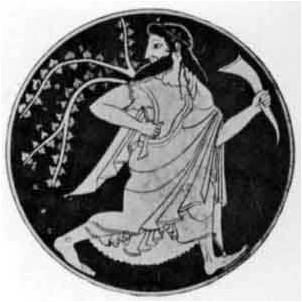There is no modern day equivalent to which this festival can be compared
Rural Dionysia: an annual festival held around December and probably tied to the cultivation of vines (grapes)
City Dionysia: an annual festival that began around 6th century BC. It followed Rural Dionysia by three months, and probably tied to the harvesting of the year's crops
CITY DIONYSIA: A FESTIVAL HELD IN HONOR OF DIONYSUS
Dionysus: Greek god of wine, fertility, revelry aka Bacchus: god of agriculture and theatre |
 |
Schedule of Events: •First Day: Preview (Proagon) •1-2 Days: Parades & Sacrifices
•5 Days: Dithyrambs & Plays
(10 dithyrambic choruses) •3 Days: Tragedies (3) & Satyr (1) play (Tetralogy/Trilogy)
|
Not even the Super Bowl is this big! All of Athens was expected to attend (even women & slaves) Businesses closed Wars Ceased Politics Were Ignored
|
Definitions |
Dithyramb: a lenghty hymn, both sung and danced |
Dithyrambic Chorus: 50 men that performed dithyrambs |
Satyr Play: Parodies of mythic tales that had a chorus of mythological satyrs (creatures that are half man and half goat) |
...other FUN tidbits... |
 |
Pericles, a ruler of Athens, established the Theoric Fund in 450 BC for those too poor to afford theatre admission |
 |
Awards were presented at the end of City Dionysia (Best Tragic Acting, etc.)—the winner of the tetralogy/trilogy contest (where playwrights/poets competed, writing 3 tragedies and 1 satyr play) was given a goat (think of the value in its time, but also the comedic tie between satyr plays and goats) |
 |
The city where City Dionysia was held paid the salaries of the playwrights and actors and provided the theatre space. (None of the people involved did this professionally--they all had other jobs) |
 |
A Choregus (or producer--a wealthy citizen) paid for the productions (scenery, masks, etc.) |
